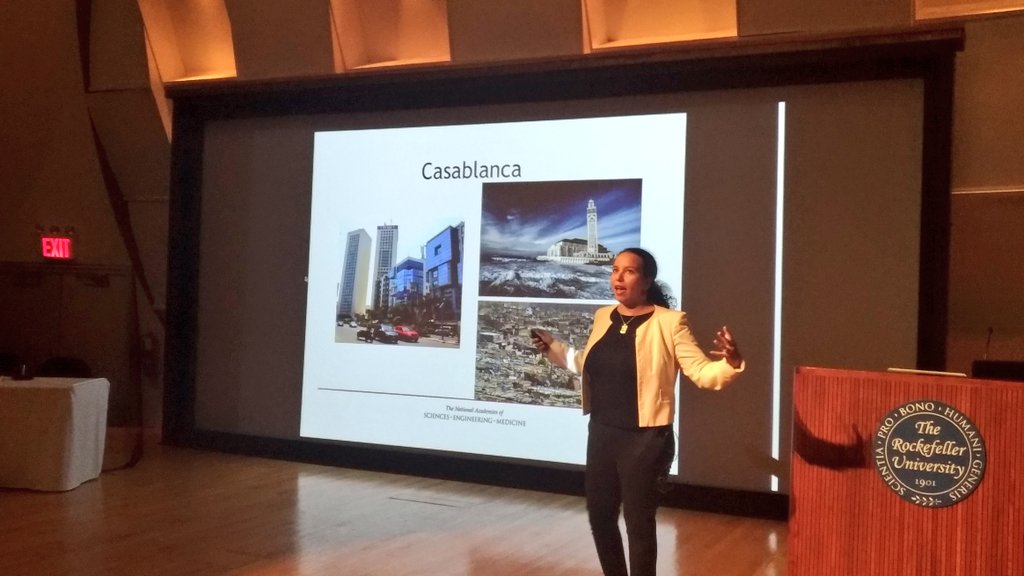@drawandstrike @ThomasWictor @HNIJohnMiller @catesduane @rising_serpent @_ImperatorRex_ @Debradelai @LarrySchweikart @GodlessNZ @almostjingo
fbi.gov/news/speeches/…
Everyone there that day had one purpose—to make sure it never, ever happened again. To keep people we will never know, and families we will never meet, safe from harm.
Right now, we’re currently investigating about 5,000 terrorism cases across America and around the world. About 1,000 of these cases are homegrown violent extremists—
And we’re definitely seeing a worrisome trend of people being radicalized at younger and younger ages.
A few weeks later, a student at Pine View High School in St. George was caught bringing a backpack with an explosive device to his school.
Since 2014, ISIS has been encouraging Western followers to conduct attacks on their behalf—and a number of successful HVE attackers have pledged allegiance to ISIS before,
That’s one thing that’s really jumped out at me since becoming Director. The Bureau’s approach to partnerships has evolved tremendously,
When I visited our Portland Field Office earlier this month, I was briefed on the Portland JTTF’s efforts to do just that.
The reality is that most HVEs aren’t entirely unknown. There’s usually a family member or a friend or someone in the community who saw the radicalization happen
We also need to continue to focus on leveraging intelligence.
So thank you all for working with us in our shared mission. And thank you for having me here today.





